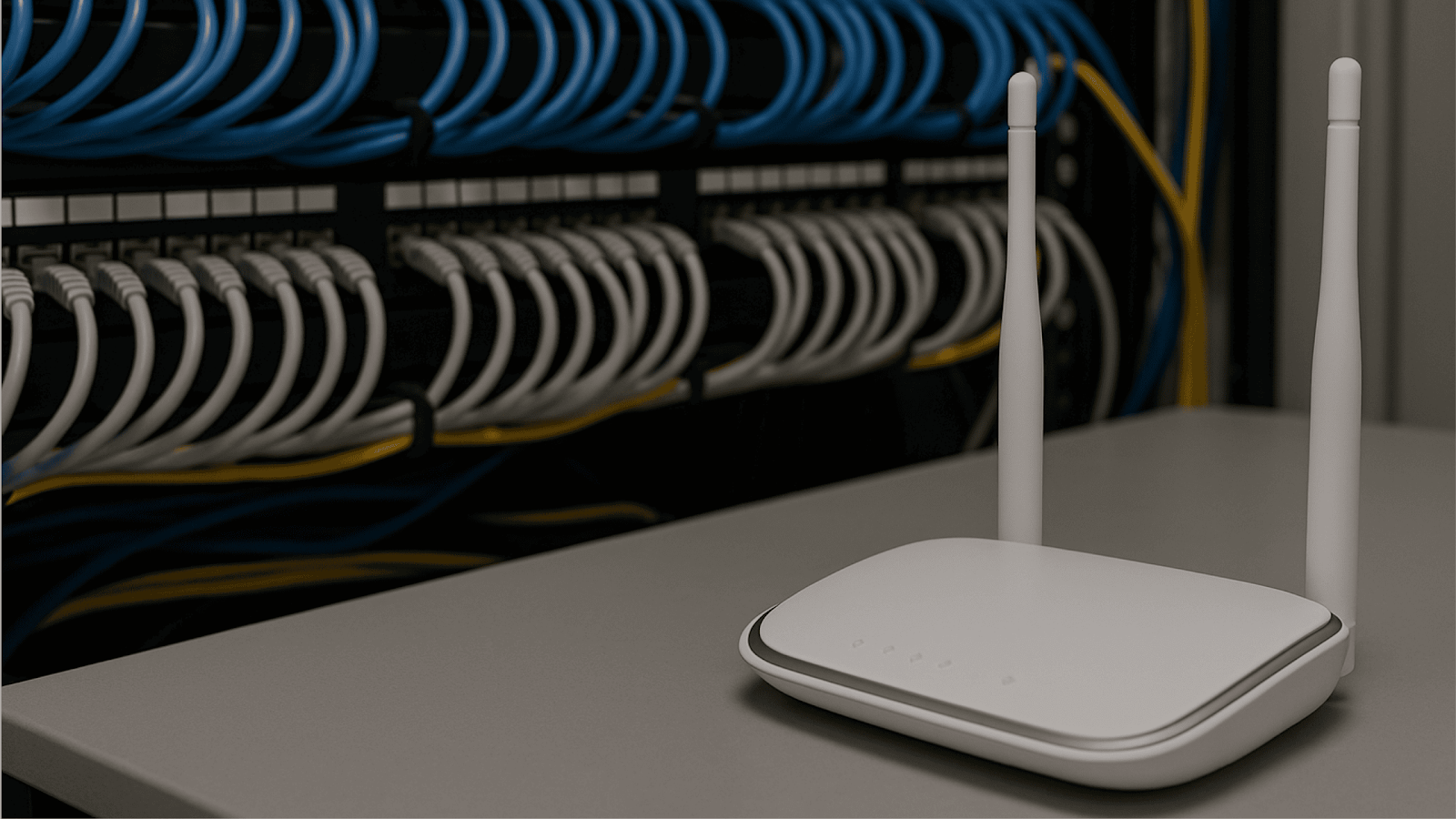How Much Bandwidth Can Fiber Optic Cabling Really Handle?
Every business these days thrives on faster, reliable, and future-proof connectivity, especially in this digital world. It doesn’t matter whether you’re a small-scale business or a large-sized enterprise transferring data; every business requires high bandwidth for its routine operations.
And guess what? It is only the fiber optic cable installation that can handle the bandwidth demands of the businesses. There are tons of cabling solutions, but nothing matches the fiber optic cable speed.
But most businesses wonder- how much bandwidth the fiber optic cabling is capable of handling, and if it is worth the investment or not. This blog answers all your questions regarding the bandwidth that the fiber optic cable installation handles.
Bandwidth and Its Significance
It is crucial to understand the meaning of bandwidth before getting straight to understanding the bandwidth handled by the fiber optic cabling. What the fiber optic cable installation refers to as the bandwidth is the amount of data businesses transmit over a connection within a period.
The higher bandwidth enables businesses to transmit more data, which in turn will result in faster downloads, smoother calls, and better performance overall.
The Bandwidth Fiber Optic Cable Can Handle
There is no fixed answer to this question- how much bandwidth the fiber optic cable can handle. The fiber optic cable bandwidth is determined by factors such as:
Transmission equipment quality
Type of fiber optic cable
The wavelength of the light signals
Check out the fiber optic cables and the bandwidth they can handle.
Single-mode and multi-mode fiber
With the single-mode fiber optic cable, businesses can transmit up to 100 Gbps and beyond per wavelength. But it has the potential to scale with the help of advanced multiplexing.
The best part? It can enable businesses to transmit the data over distances of 100+ kilometers, and that too without affecting its quality. This is why the data centers, large enterprises, and long-distance communications opt for the single-mode fiber optic cable.
The next comes the multi-mode fiber optic cable. The multi-mode fiber optic cable has a core diameter of 50-62 microns, and it is transmitted using multiple light paths or modes. The bandwidth capacity of the multi-mode fiber optic cable is 10 Gbps network and mostly depends on the OM rating.
It is ideal for short-range applications such as server rooms, LANs, and enterprise buildings.
Wavelength division multiplexing
Then there’s the technique known as wavelength division multiplexing. It allows multiple light signals at different wavelengths to be sent via a single strand of fiber. These are of 2 types: one is dense wavelength, whereas the other is coarse wavelength.
The dense wavelength supports around 80–160 channels and carries a total of 8–16 Tbps. But coarse wavelength has fewer channels and is more cost-effective. It is ideal for shorter distances.
This means that a single strand of fiber optic cable using dense wavelength division multiplexing can carry terabits of data per second, which in turn future proofs it for decades.
Factors Limiting the Fiber’s Bandwidth
No doubt that the fiber optic cable supports massive bandwidth, but its real-world performance depends on a range of factors, which are outlined below.
Transmission equipment
The bandwidth the fiber optic cable provides depends on the quality of the transmission equipment. The network devices the business uses decide the fiber optic cables' bandwidth.
You can enjoy the data rates you want when using the transceivers and optical modules. The switches and routers have ports for handling the high-speed input and output. Also, the media converters and network interface cards should match the fiber optic cable type and speed.
No matter how good the fiber optic cable you get, it won’t work if the transmission equipment is not of superior quality.
Connector and splice quality
The fiber optic cable installer reveals that these are highly sensitive to alignment and cleanliness. It means that businesses will be prone to signal loss in case of poorly installed connectors or improperly fused splices. This, in turn, degrades the bandwidth performance.
The key? Use high-quality fusion splicing for better performance, and also inspect the connectors at regular intervals with the fiber cleaning tools.
Bending and physical stress on the cable
The bending and the physical stress on the cable also affect the fiber optic cable’s bandwidth. The bending can be caused by the tight bends, excessive pressure, or improper installation, and this is where the signal escapes the core.
All this results in higher attenuation, reduced signal-to-noise ratio, and decreased effective bandwidth. The alternative? Follow the manufacturer’s guidelines for the minimum bend radius during the installation.
Final Words
This is all about the fiber optic cable installation and the amount of bandwidth it can handle. Now, all you need to do is find the fiber optic installation services or the trusted fiber optic cable installer for the installation that brings you the higher bandwidth.




Comments
Post a Comment